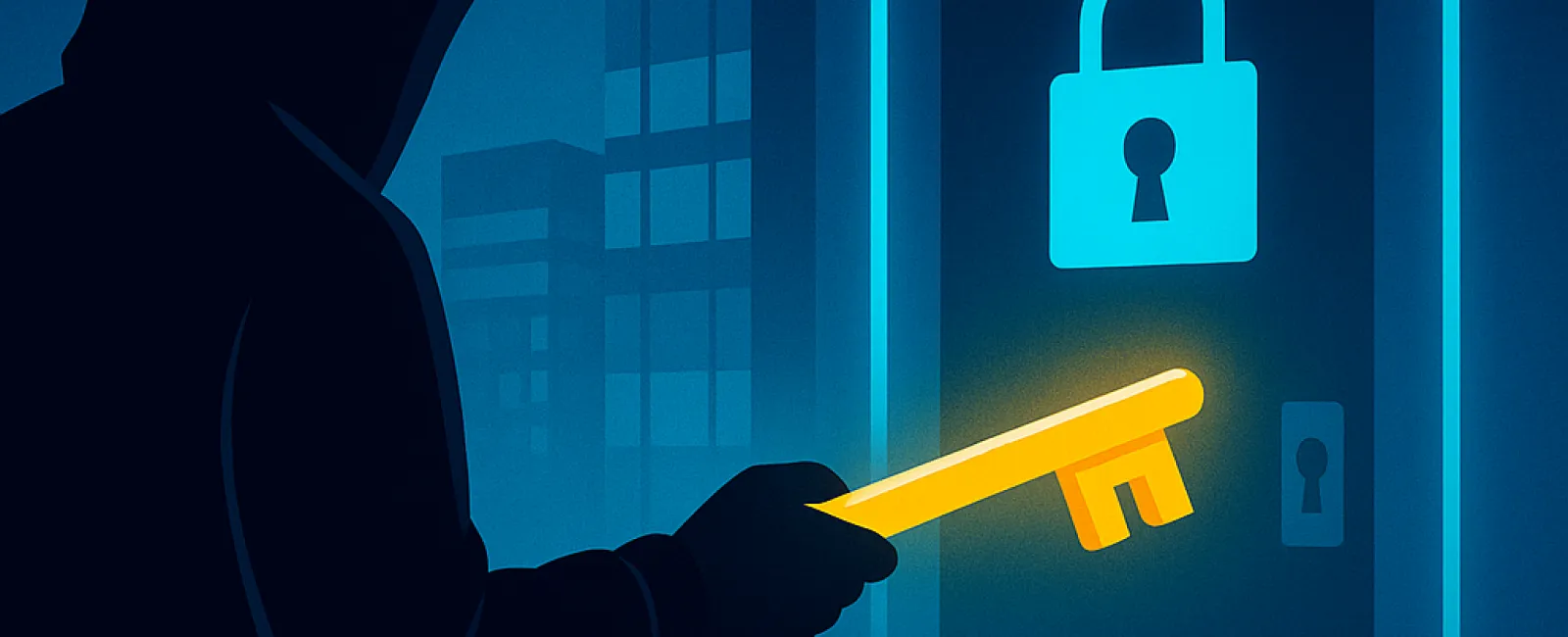August 04, 2025
Cybercriminals have evolved their tactics for targeting small businesses. Instead of forceful break-ins, they now gain access quietly using stolen login credentials — your digital keys.
This method, known as identity-based attacks, is quickly becoming the leading cause of security breaches. Hackers steal passwords, deceive employees with convincing phishing emails, or bombard users with login requests until someone unwittingly grants access. Sadly, these strategies are proving highly effective.
Recent reports reveal that 67% of major cybersecurity incidents in 2024 stem from compromised login details. Even industry giants like MGM and Caesars suffered such attacks the year prior — proving that no business, big or small, is immune.
How Are Hackers Breaching Your Defenses?
Most breaches begin with something as simple as a stolen password. However, the methods hackers use are increasingly sophisticated:
· Phishing emails and counterfeit login pages trick employees into revealing sensitive information.
· SIM swapping allows attackers to intercept text messages containing two-factor authentication (2FA) codes.
· MFA fatigue attacks overwhelm your phone with approval requests until someone accidentally clicks "Approve."
Hackers also exploit vulnerabilities through personal employee devices and third-party vendors, like help desks or call centers, to find entry points.
Essential Steps to Safeguard Your Business
The good news? Protecting your company doesn't require advanced technical skills. Implementing a few key measures can significantly enhance your security:
1. Enable Multifactor Authentication (MFA)
Add a critical layer of security by requiring a second verification step during login. Opt for app-based or hardware key MFA methods, which are far more secure than text message codes.
2. Educate Your Team
Your security is only as strong as your employees' awareness. Train them to identify phishing scams, suspicious emails, and how to report potential threats.
3. Restrict Access Privileges
Limit employee access strictly to what's necessary. If a hacker compromises an account, restricted permissions will minimize potential damage.
4. Adopt Strong Password Practices or Go Passwordless
Encourage the use of password managers or advanced authentication tools like fingerprint scanners and security keys that eliminate reliance on passwords.
The Bottom Line
Hackers relentlessly pursue your login credentials with increasingly clever tactics. Staying one step ahead doesn't mean you have to do it alone.
We're here to help you implement effective security solutions that protect your business without complicating your team's workflow.
Wondering if your business is at risk? Let's talk. Click here or give us a call at (646) 989-9900 to book your Business Technology Alignment Assessment.





